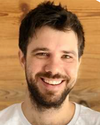Where the Web was born — AKASHA team visit at CERN
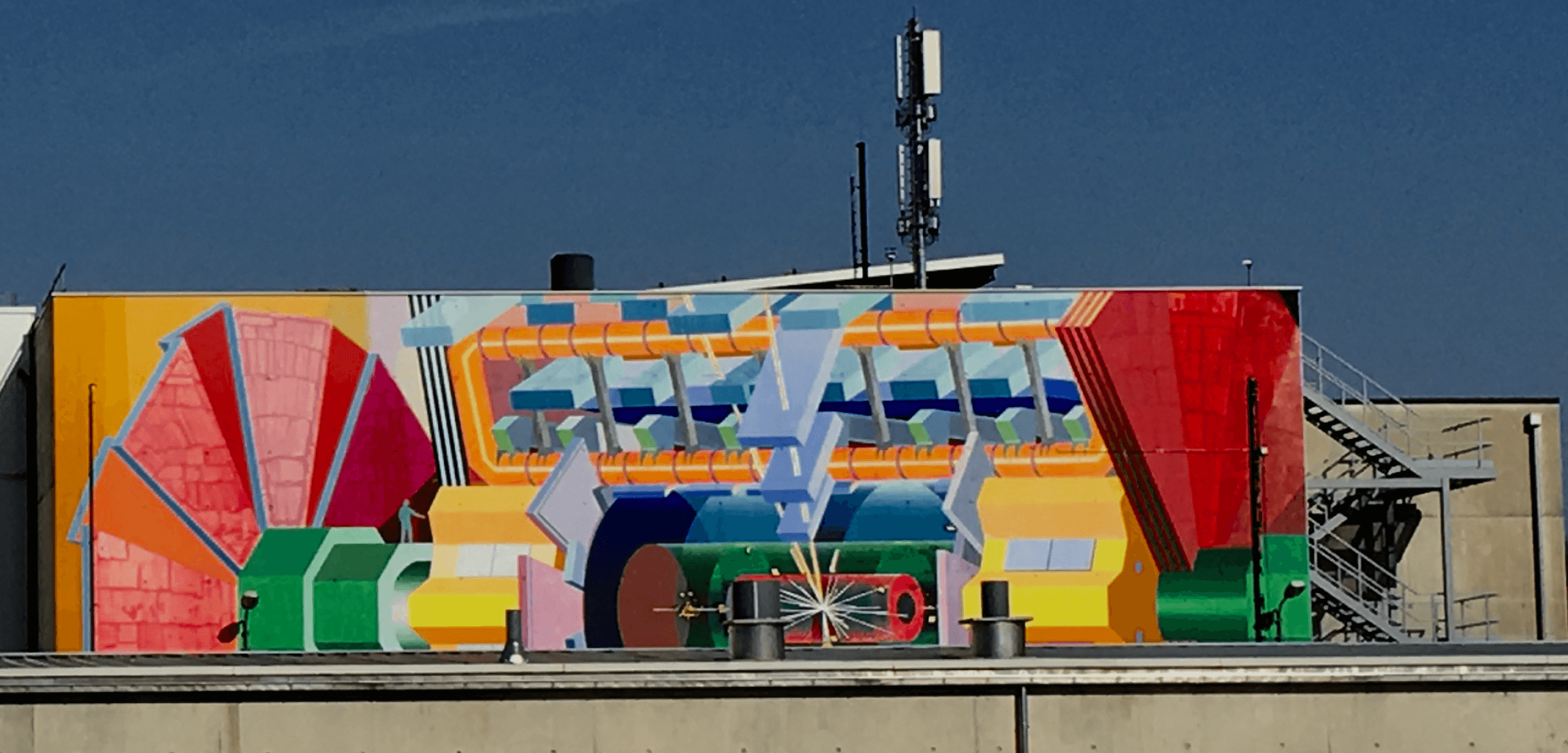
A delegation of the AKASHA team gathered in Geneva mid-February to meet with the group from CERN's Idea Square.
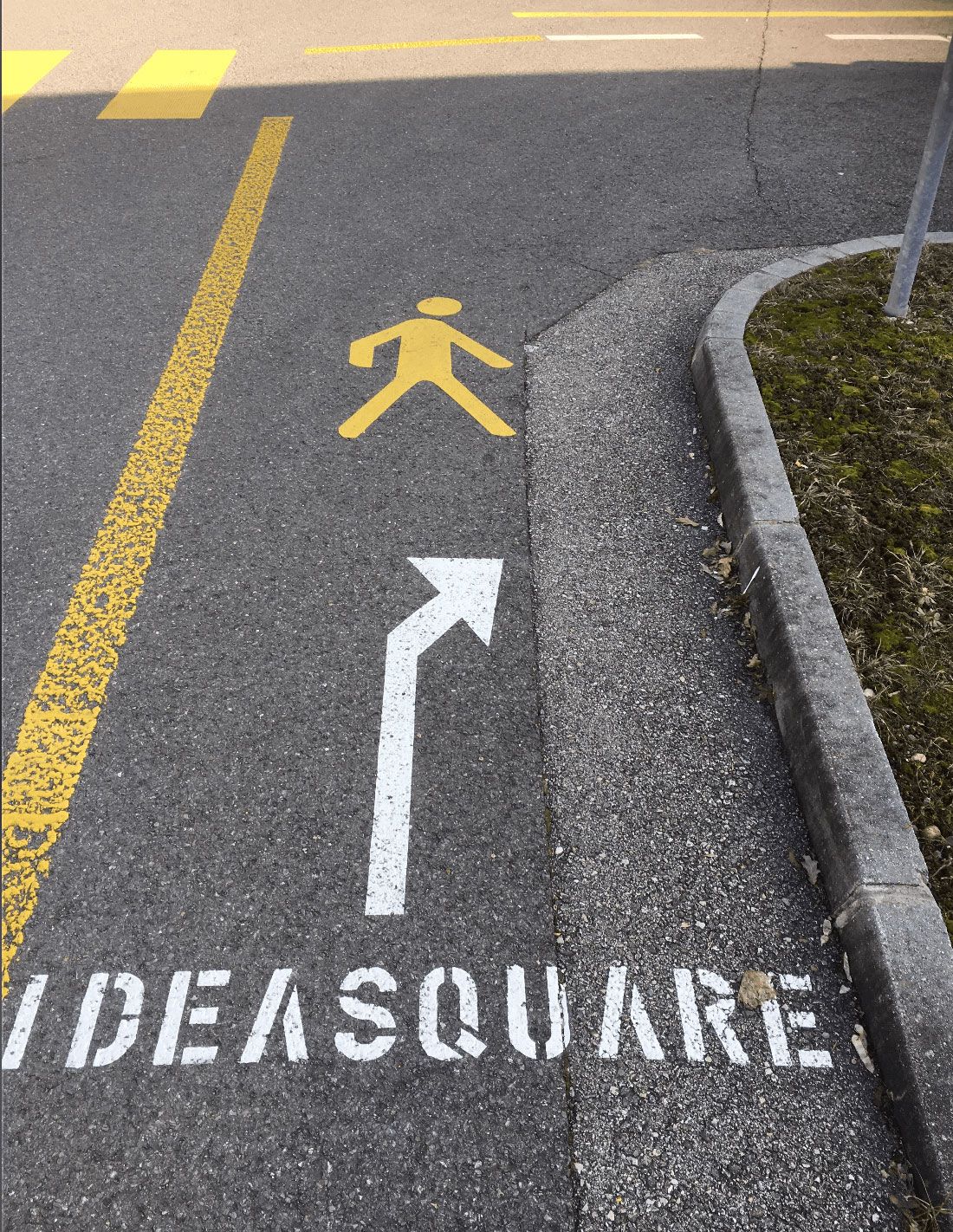
Approaching CERN Idea Square.
CERN is the European Organization for Nuclear Research that operates the world's largest particle physics laboratory near Geneva, Switzerland.
The mission of Idea Square resonates very well with the goals of the AKASHA Foundation:
Connecting curious minds to accelerate ideas through collaboration, R&D prototyping, and experimental innovation.
It also relates to the very first post on the AKASHA blog "Unveiling AKASHA".
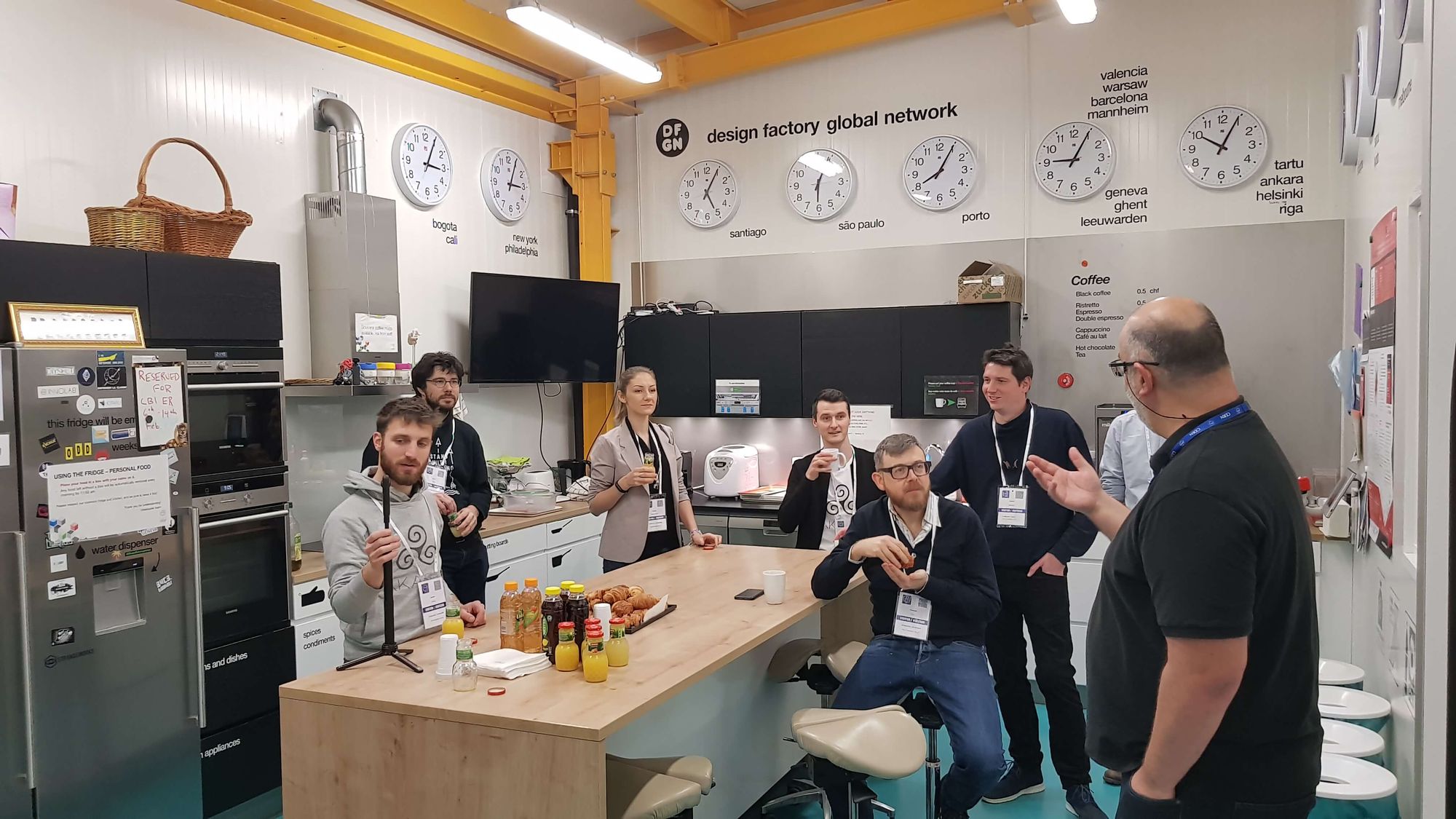
A croissant and first dive into the world of CERN by Pablo Garcia Tello on the whiteboard in the Idea Square kitchen. In the picture: Lorenzo Patuzzo, Martin Etzrodt, Roxana Sureanu, Mihai Alisie, Philip Sheldrake, Marcos Ligero (HIRUU, Barcelona), and Pablo Garcia Tello (CERN)
We're continuously scouting for use cases that we believe can benefit from the transformational potential of blockchain-type technologies to solve some of the biggest challenges we face as a civilization, specifically when setting out to encourage the emergence of collective intelligence.
We give the global sharing of information relating to science, innovation and knowledge creation a high priority. Society needs to be able to source from an unbiased, readily and comprehensively-accessible, open repository of all human knowledge.
Such resource does not yet exist. It's not even clear how this may be achieved. And yet CERN has a track record ... it's where Sir Tim Berners-Lee and a team of engineers knew they were onto something big when they created the World Wide Web in 1989.
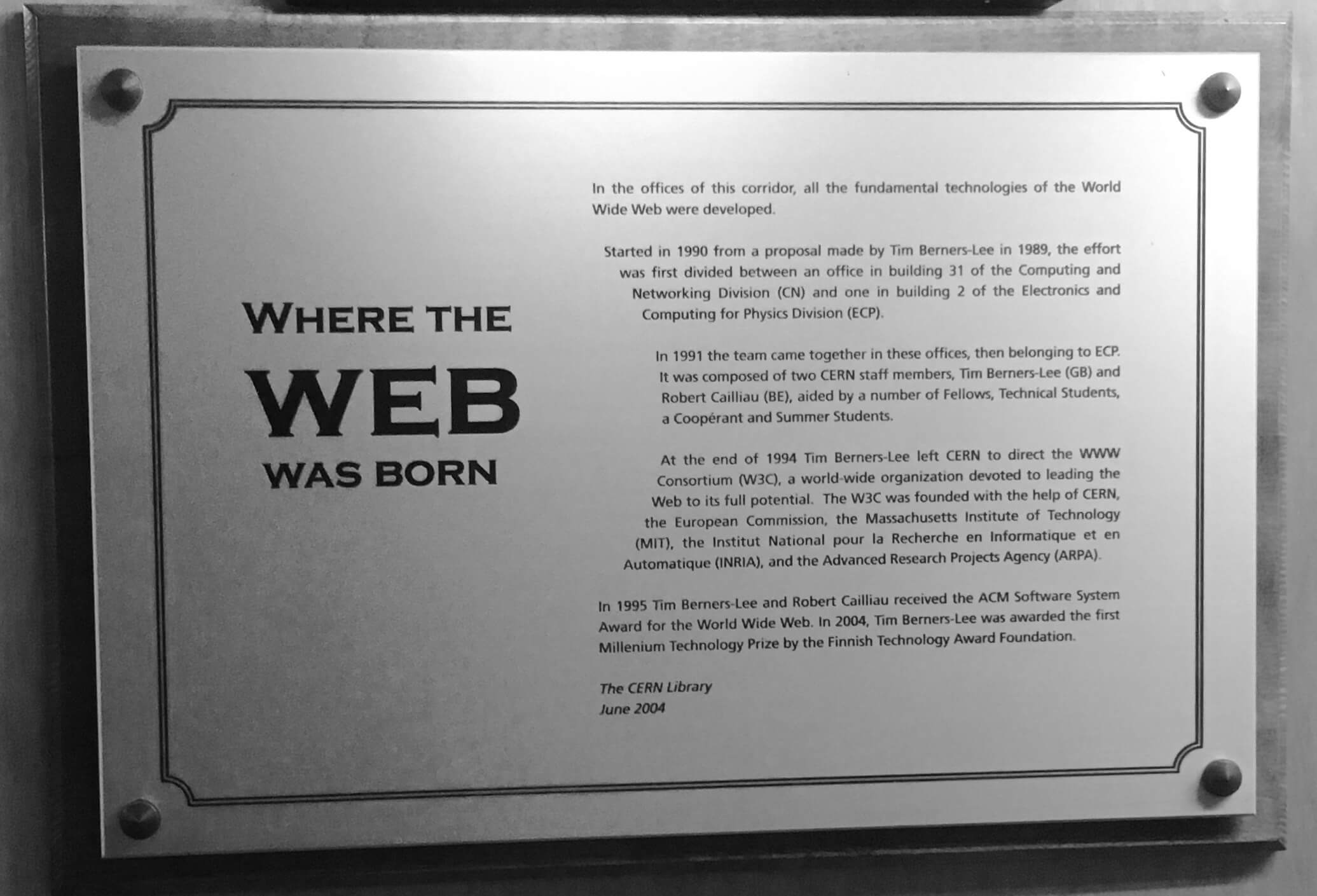
A closeup of the inscription in front of Tim Berners-Lee's former office at CERN.
Take a look at the first websites that emerged at CERN between 1990 and 1992 and see for yourself which use cases were initially considered and tested. We're still grappling with many of the ideas of the early days, including the concept of a "personal homepage" as this nice clip points out.
Re-establishing privacy and agency on the Web — let's call it the "post-Facebook" era — should help us to re-align with the vision of the Web's founders and create a resource that harnesses the collective intelligence of humanity to address our largest challenges.
In the coming months, we'll reveal more details about our joint vision with the CERN group. For now, we can share some impressions of this event and also use this opportunity to express again our gratitude to the CERN team including Oday Darwich, Pablo Garcia-Tello, Markus Nordberg, and Romain Mueller that hosted us on this truly epic day! 👏👏👏
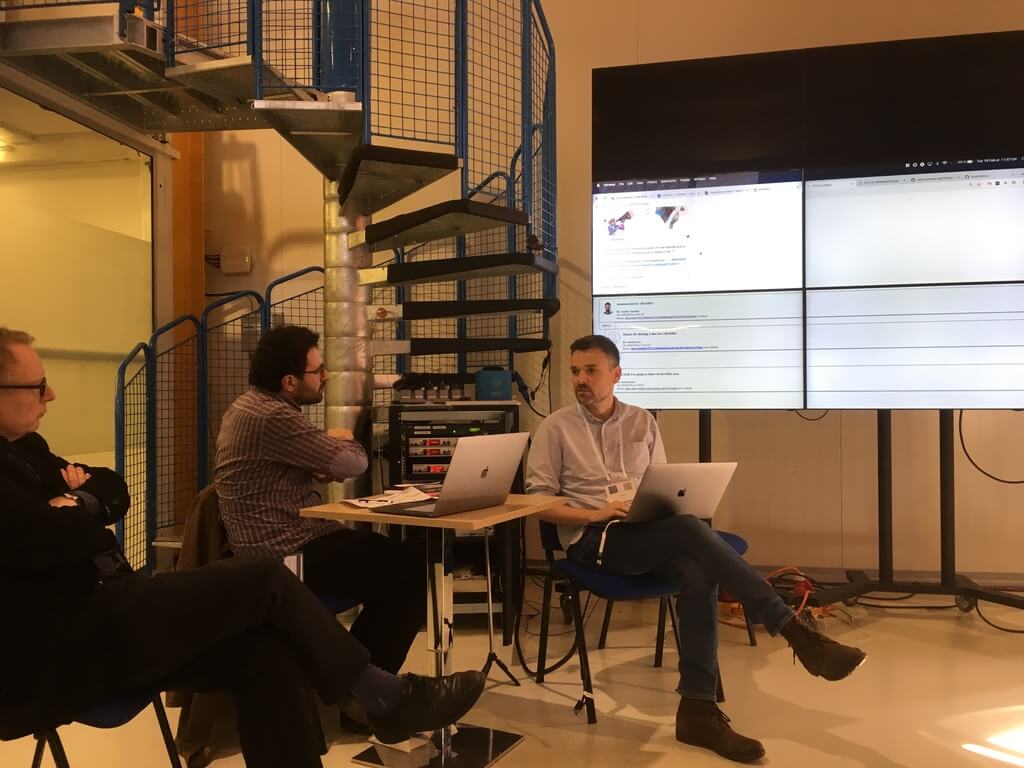
Andrei is pitching his Hyperdata PoC. In the picture: Markus Nordberg (CERN, Idea Square), Oday Darwich (CERN, Idea Square), and Andrei Sambra.
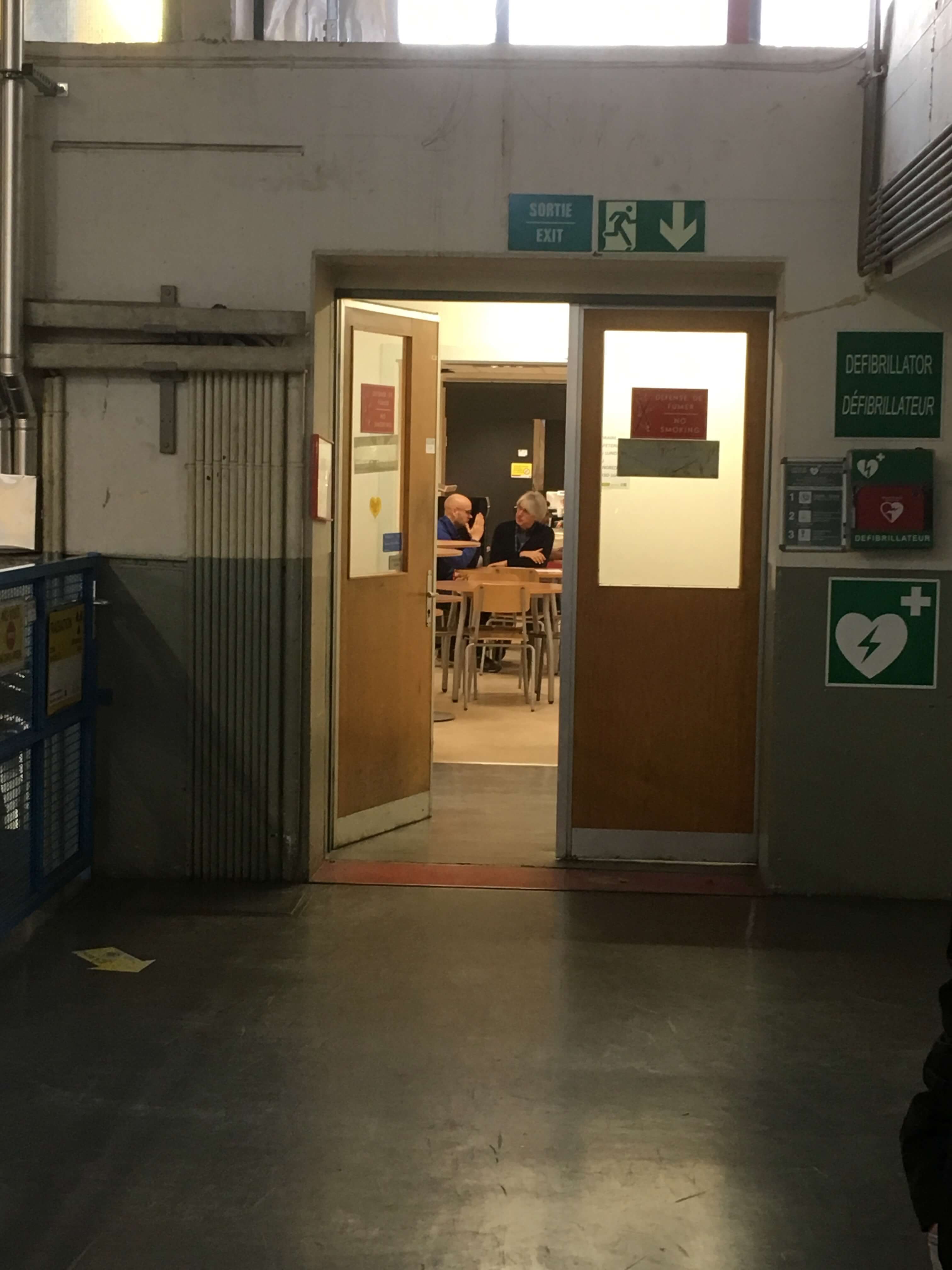
The world's first "Web" café?
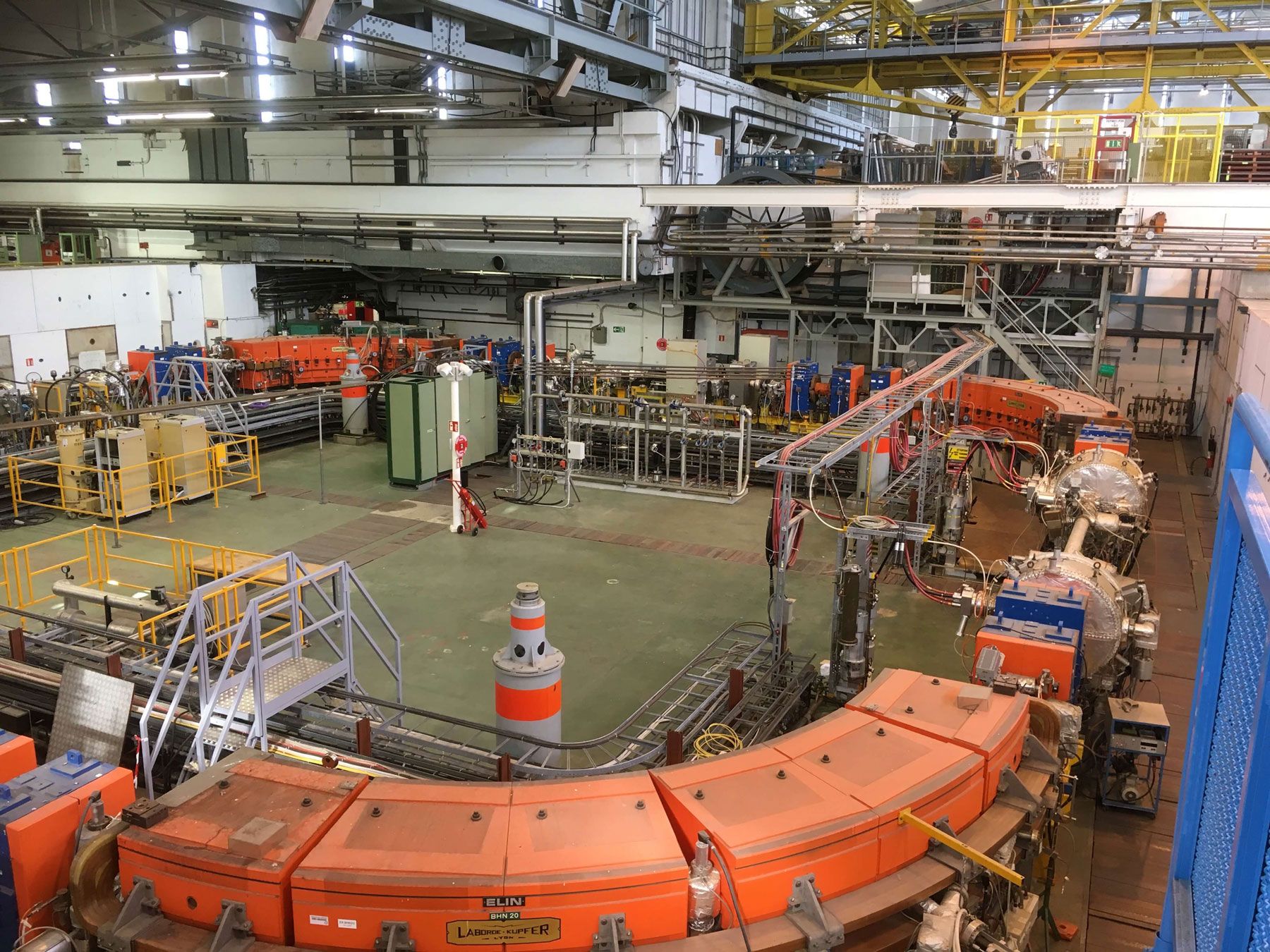
The former Low Energy Antiproton Ring at CERN.
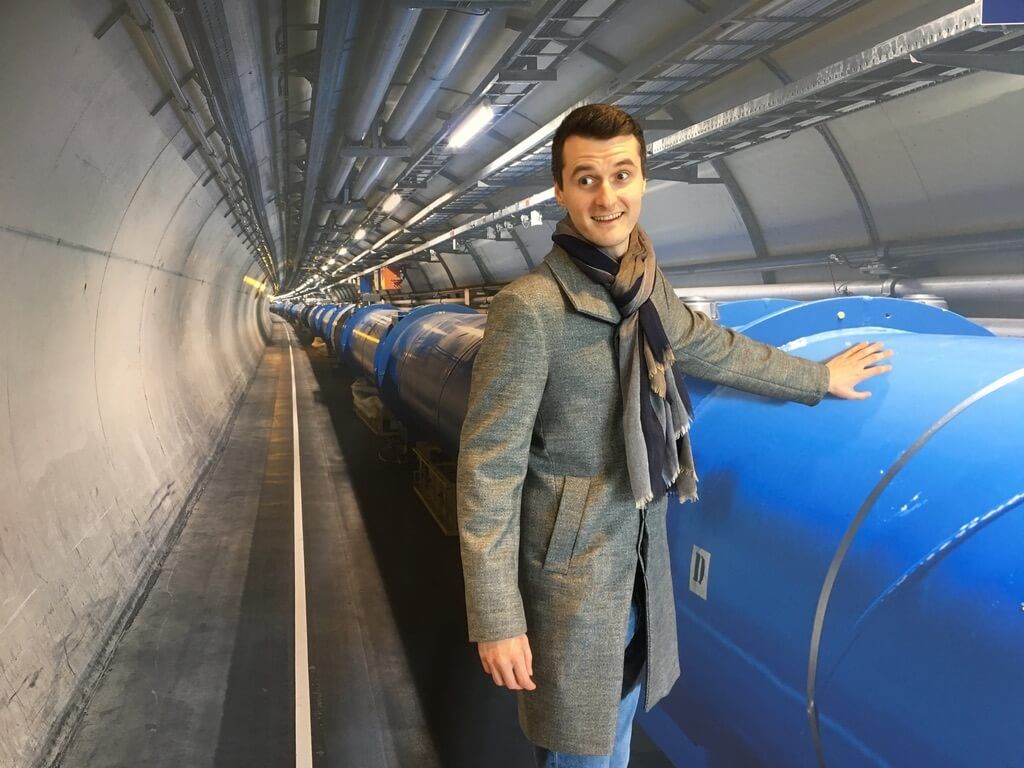
Is this real?

"Yeah! Science!"

Situation Room: CERN's Romain Mueller discusses information critical to our future collaboration.
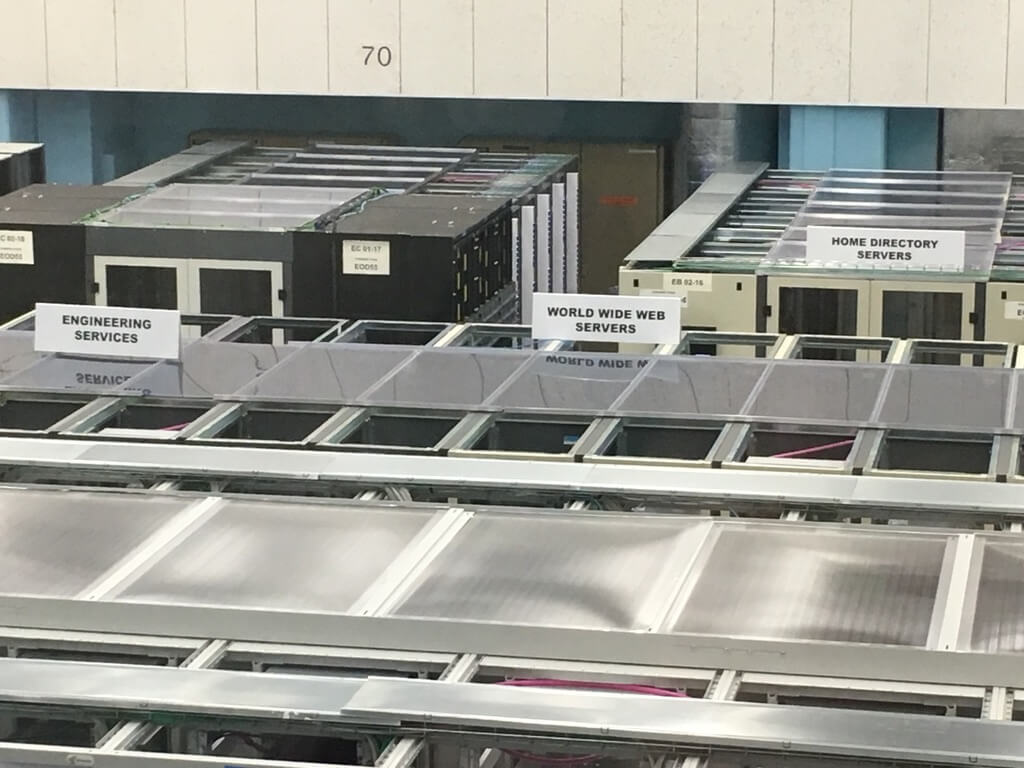
The organization maintains its own physical infrastructure to ensure the rapid data exchange required for global, multi-institutional co-operation — the CERN internet exchange point (CIXP). The CIXP also serves as one of the four Swiss internet exchange points.

Our delegation in front of Sir Tim Berners-Lee's former office, "Where the WEB was born". In the picture (left to right): Philip Sheldrake, Martin Etzrodt, Oday Darwich (CERN), Mihai Alisie, Roxana Sureanu, Andrei Sambra, Marius Darila, Lorenzo Patuzzo, Marcos Ligero (HIRUU, Barcelona)
Cover image: Josef Kristofoletti's mural of ATLAS on the maintenance building above the detector's cavern.

